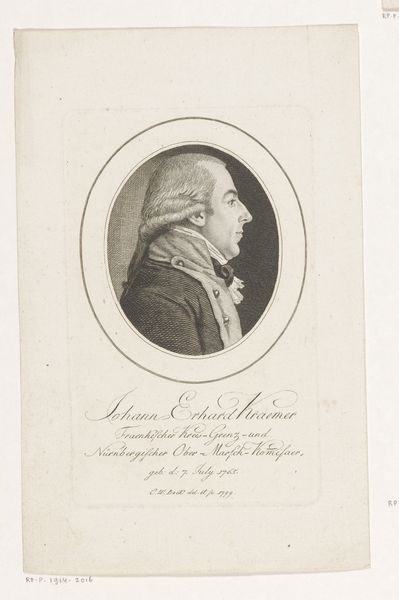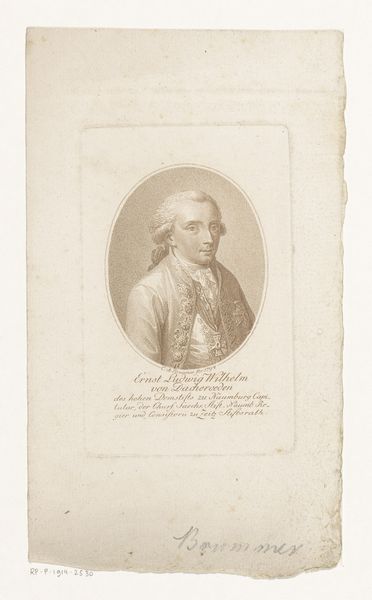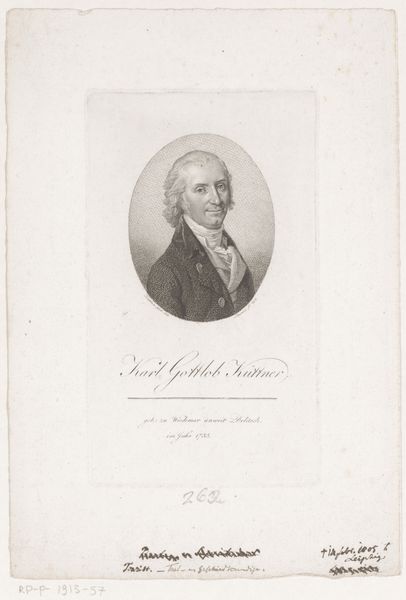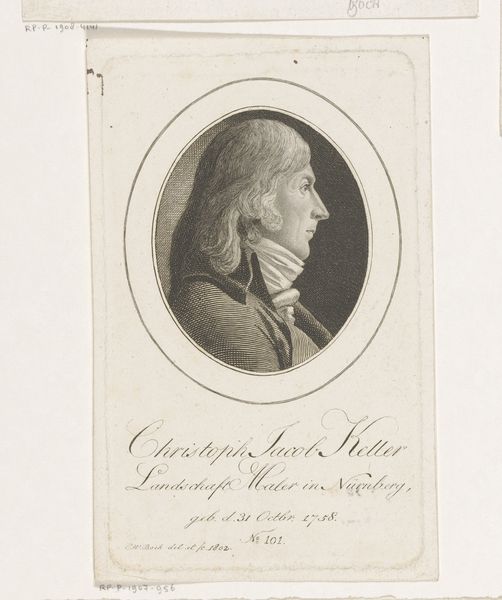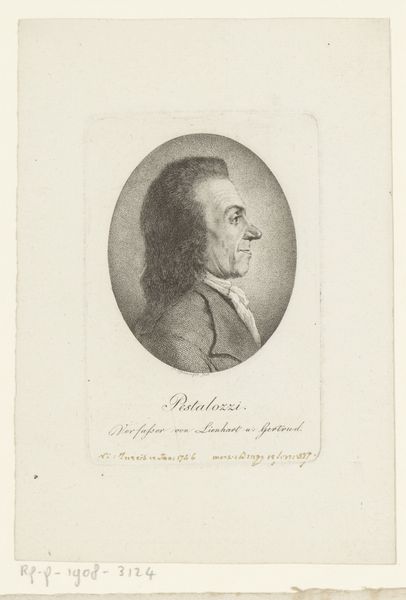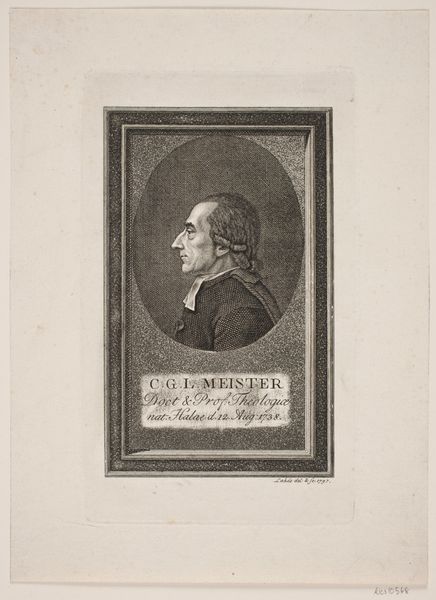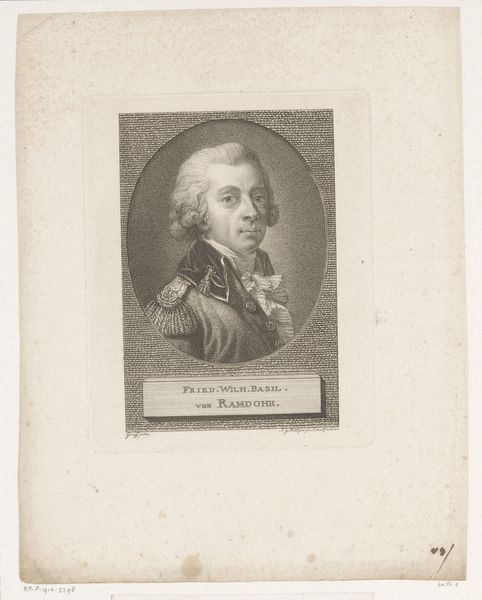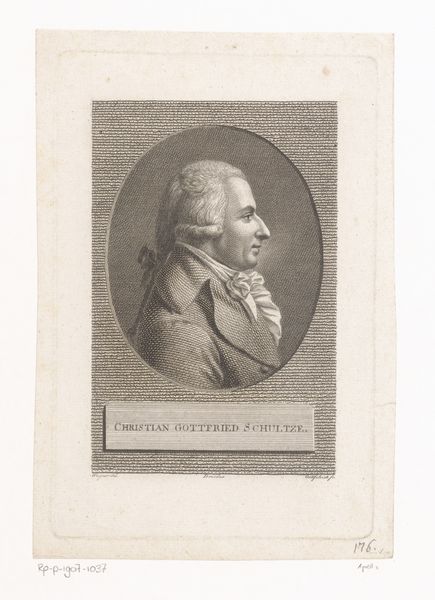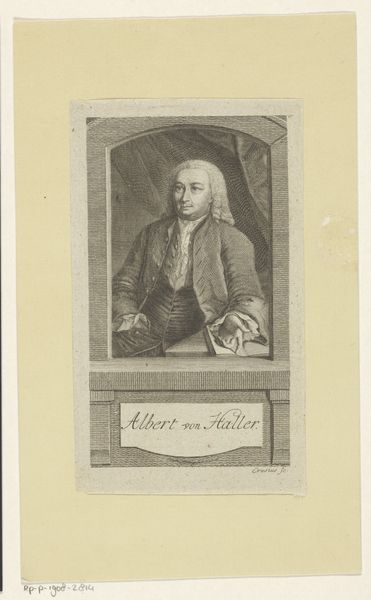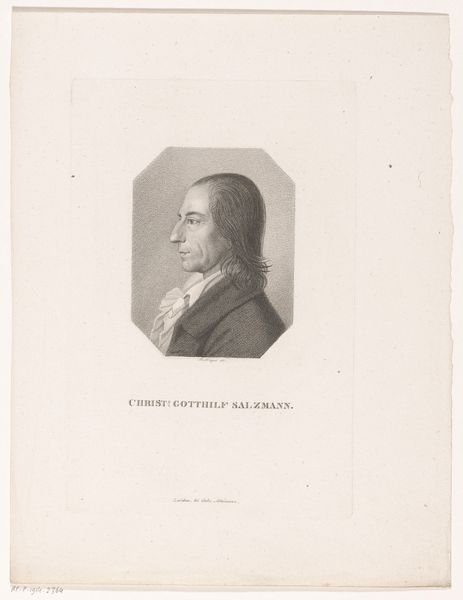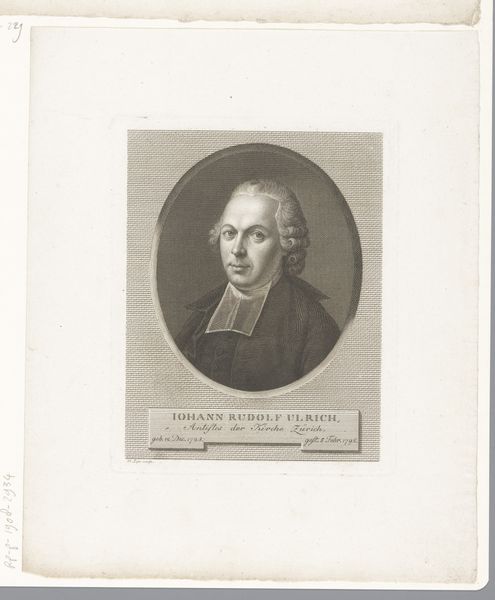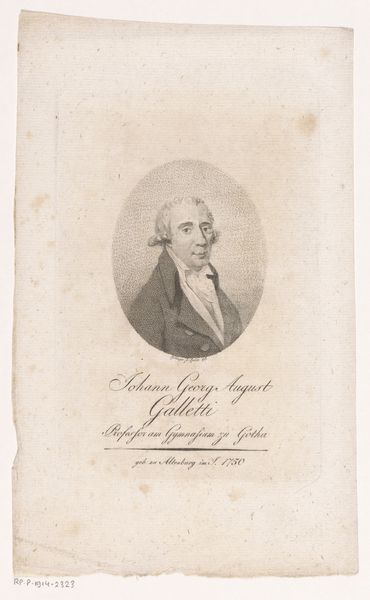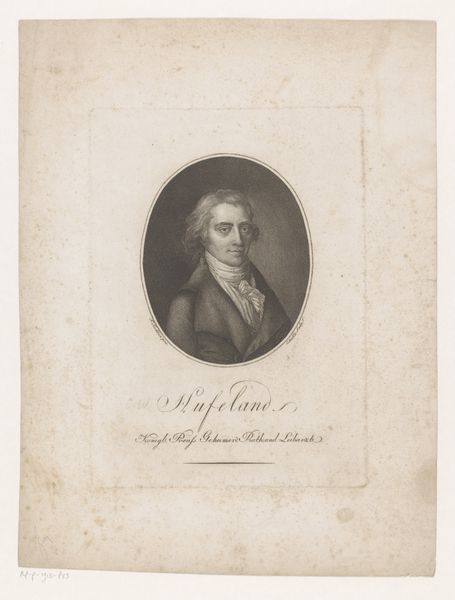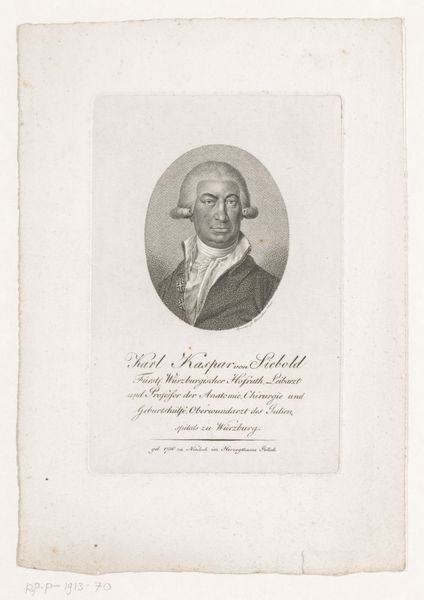
engraving
#
portrait
#
neoclacissism
#
history-painting
#
engraving
Dimensions: height 128 mm, width 95 mm
Copyright: Rijks Museum: Open Domain
Editor: Here we have Johann Carl Bock's "Portret van Frederik Willem III, koning van Pruisen," an engraving dating from 1797 to 1843. It feels very formal and stylized, typical of neoclassical portraiture, I think. What jumps out at you in this work? Curator: The enduring appeal of portraiture lies in its symbolic representation of power and status. Note how Bock uses the profile view, harking back to Roman emperors on coins, immediately conveying authority. But tell me, what feeling does the *engraving* medium evoke for you? Editor: It feels almost like a mass-produced image, intended for circulation rather than private viewing. So, the portrait is less about individual personality and more about propagating an image of kingship? Curator: Precisely. Consider the period. Engravings allowed for wider dissemination of idealized likenesses. And the king’s simple, almost austere, military attire? It’s a carefully constructed visual message. What message do you believe it sends? Editor: Perhaps it is intended to present him as a leader, rather than someone ostentatious or aloof. Is the somewhat stiff posture also part of that symbolic language? Curator: Exactly. Each element is loaded. Think of the neoclassical obsession with virtue and duty – Bock distills those ideas into a visual representation of Prussian kingship. This tiny image really encapsulates an entire ideology. Editor: It's amazing how much information can be packed into what seems, at first glance, like a simple portrait. Thanks, I have definitely got some new ideas to consider. Curator: Indeed! The lasting influence of these carefully crafted images in shaping our understanding of historical figures is truly something to ponder.
Comments
No comments
Be the first to comment and join the conversation on the ultimate creative platform.
